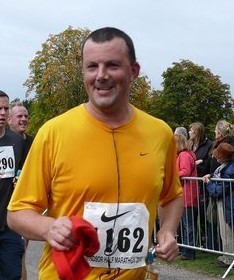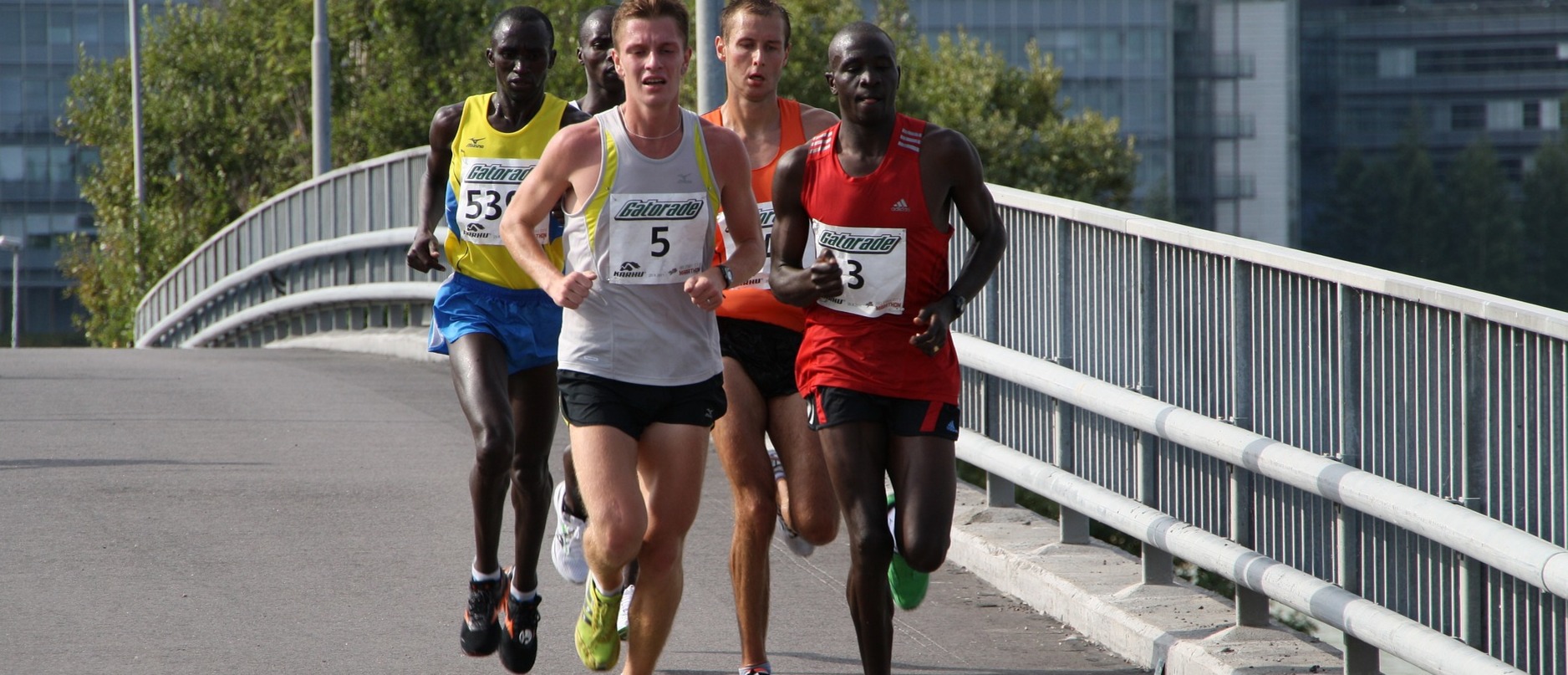ITB Syndrome
Posted on 8th January 2021 at 21:40
ITB syndrome, or iliotibial band syndrome, is the most common cause of lateral knee pain in running.
It often presents as a sharp pain or feeling of tension around the lateral aspect of the knee which increases the further you get into your run. Often people who suffer from this condition feel like the outside of the knee is going to “snap” and are fearful this could cause significant disability… however the ITB is a very strong structure and will not break from an activity like running.
Other common iliotibial band syndrome symptoms include increased pain when walking or running down hills or pain felt when walking downstairs.
Much like patella femoral pain, the main cause of ITB syndrome is training error. The majority of cases occur from a significant increase in training load or effort. The good news is that something as simple as a reduction in training load for a short while is often sufficient iliotibial band syndrome treatment.
Iliotibial Band Syndrome Treatment
If you are suffering pain caused by ITB syndrome making some adjustments during your run can be beneficial. Try to avoid lengthy periods of time running on the same road camber by crossing from one side of the street to other regularly. Also, reducing the amount of downhill running can help. If you run with a narrow stride width where your left foot lands almost on the same line as the right foot, increasing your stride width and running with a slightly bigger gap between the line of foot placement can help. If you are considering changing your stride width when running this should be integrated gradually and it is recommended that you initially try the new technique for 1 minute per mile run.
Local deep tissue massage and stretching the ITB are not always helpful when treating this condition. Current opinion is that the cause of discomfort from ITB syndrome is due to the structure compressing tissue rich in blood vessels and nerve endings hence these techniques tend to exacerbate the condition by compressing the same sensitive tissue.
Assessing the strength of the musculature around the hip joint and knee joint, as well as your ability to control the movement of these joints, can be beneficial. Establishing an exercise programme to address strength and movement control will contribute towards reducing pain and recurrence.
If you feel you may have ITB syndrome and would like further help, please feel free to contact us for a consultation. Here, we will assess your symptoms and work with you to develop an iliotibial band syndrome treatment plan to get you back up and running as quickly as possible.
Author
Craig Fowlie

Craig is a highly specialized physiotherapist with post graduate qualifications in Acupuncture and Sports and Exercise Medicine.
He has worked with Professional Rugby sides in New Zealand and has assisted Great Britain Table Tennis at the World Team Championships and Olympic Qualifiers in Qatar and Germany. He is a consultant for the Governments Talented Athlete Scholarship Scheme and has published and presented research in the Journal of Physiotherapy and the Chartered Society of Physiotherapy Annual Conference.
Outside of work he enjoys participating socially in triathlon and running.
Tagged as: Colchester Physiotherapist, ITB Syndrome, physioreallyhelps, quality assured, running advice, running gait
Share this post:







